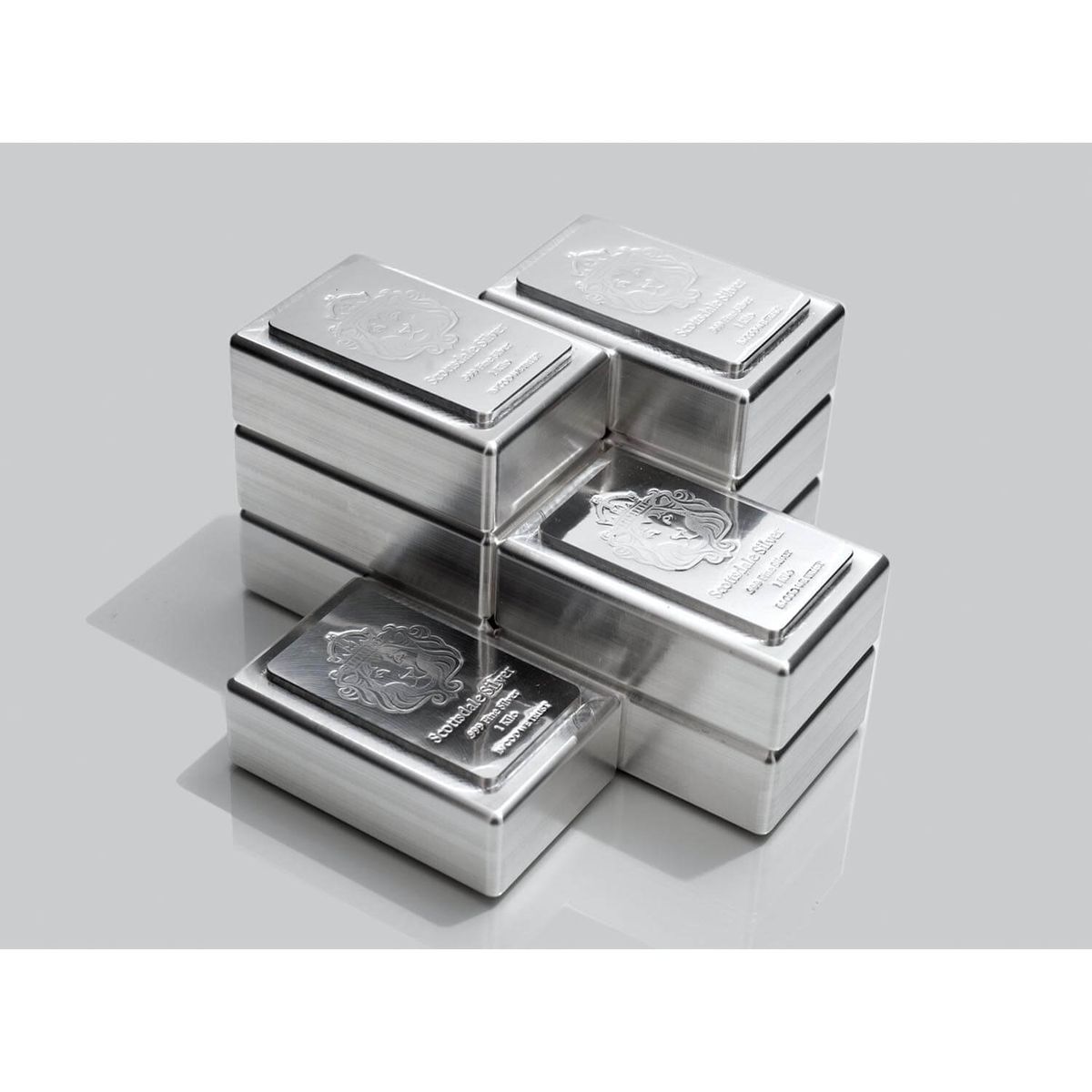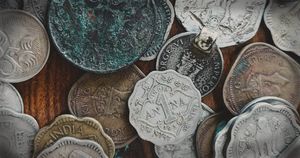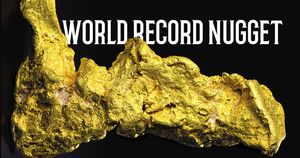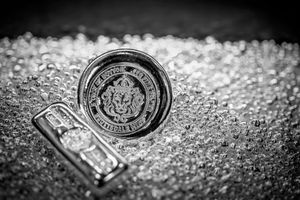Investing in precious metals is an essential financial strategy for protecting and growing wealth over the long term. Yet, despite the fact that so many investors are interested in taking advantage of the value of gold, silver, and other metals, the world of precious metal investing tends to use terminology that can be confusing to beginners.
The prices of these metals are among the most important concepts for new investors to learn — but there are two different prices to understand. What is spot price, what is a price premium, what does low premium over spot mean, and how do investors understand the value of their precious metals? This guide from Scottsdale Mint should help beginner investors understand.
What is Spot Price?
Any tradable asset, from commodities like precious metals to securities or currencies, has a spot price, which is that asset’s current value on the market. Investors can identify a spot price for gold, silver, platinum, and palladium, the most common investment-grade precious metals.
The spot price of assets can and does change on a minute-to-minute basis. Investors can find updates to the current spot price of gold and silver at the top of every Scottsdale Mint product page, to help them see the value of their investments increasing throughout the day. All precious metals are subject to similar market forces, but individual metals like gold or silver are subject to unique influences on supply and demand which can cause their spot prices to fluctuate.
It is important to recognize that it is almost impossible to purchase a precious metal product at exactly the spot price. Often, spot prices reflect the value of unrefined metal; because investors are typically buying refined and minted products, they will encounter markups — called premiums.
What is a Price Premium?
Dealers typically impose premiums on their products, which raise the cost above their spot prices. Premiums can cover the costs of doing business, such as fabrication and distribution, and premiums can apply to numismatic pieces, like collectible coins. A few premium factors apply to essentially all precious metal bullion, such as:
Supply and demand. If a large amount of a certain metal is available, premiums will be lower, but scarcity drives premiums higher. Often, summertime brings lower premiums for this reason.
Local, national, and international economic conditions. A town might see higher premiums if there is low competition for bullion trade; the globe might see higher premiums as inflation and economic uncertainty drives precious metal investment.
Volumes sold. Dealers will reduce premiums on large volumes of metals because the costs they incur during the transaction are proportionally lower.
Types of products sold. Larger precious metal products, like bars, are less expensive to mint than smaller products, like a gold coin. Thus, larger products will likely have lower premiums attached.
Seller objectives. Bullion dealers are businesses, and as such, they are interested in obtaining the best price from their buyers. Even so, many sellers have additional objectives that can affect premiums.
The term “premium over spot” refers to how much extra is added to the price of a certain piece. Recognizing the premium over spot helps investors weigh the benefits of specific investments. What does low premium over spot mean? It means that a dealer is not imposing excessive premiums and that the price of the precious metal product is close to its spot price. This can be advantageous to investors, who typically don’t want to pay more than the true value. However, collectors might not appreciate low premium over spot because it means that a certain collectible piece will not hold its historical or cultural value.
Different precious metals have different factors affecting their premiums. For example, the fabrication processes involved in minting gold products tend to be more complicated than those associated with silver, so gold premiums will always be higher than silver premiums. Because premiums don’t necessarily reflect the true value of the investment piece, investors need to be careful to factor in premiums when evaluating their portfolios.
Precious Metal Prices from Scottsdale Mint
Both beginner and experienced investors appreciate Scottsdale Mint for its commitment to quality. Scottsdale Mint’s precious metal products consistently go above and beyond their spot price, thanks to intricate, beautiful, and unique designs that make the bars and coins art pieces as well as investments. Every precious metal product from Scottsdale Mint is guaranteed 100% for its content, weight, and purity, demonstrating that Scottsdale Mint stands by its premium over spot.





